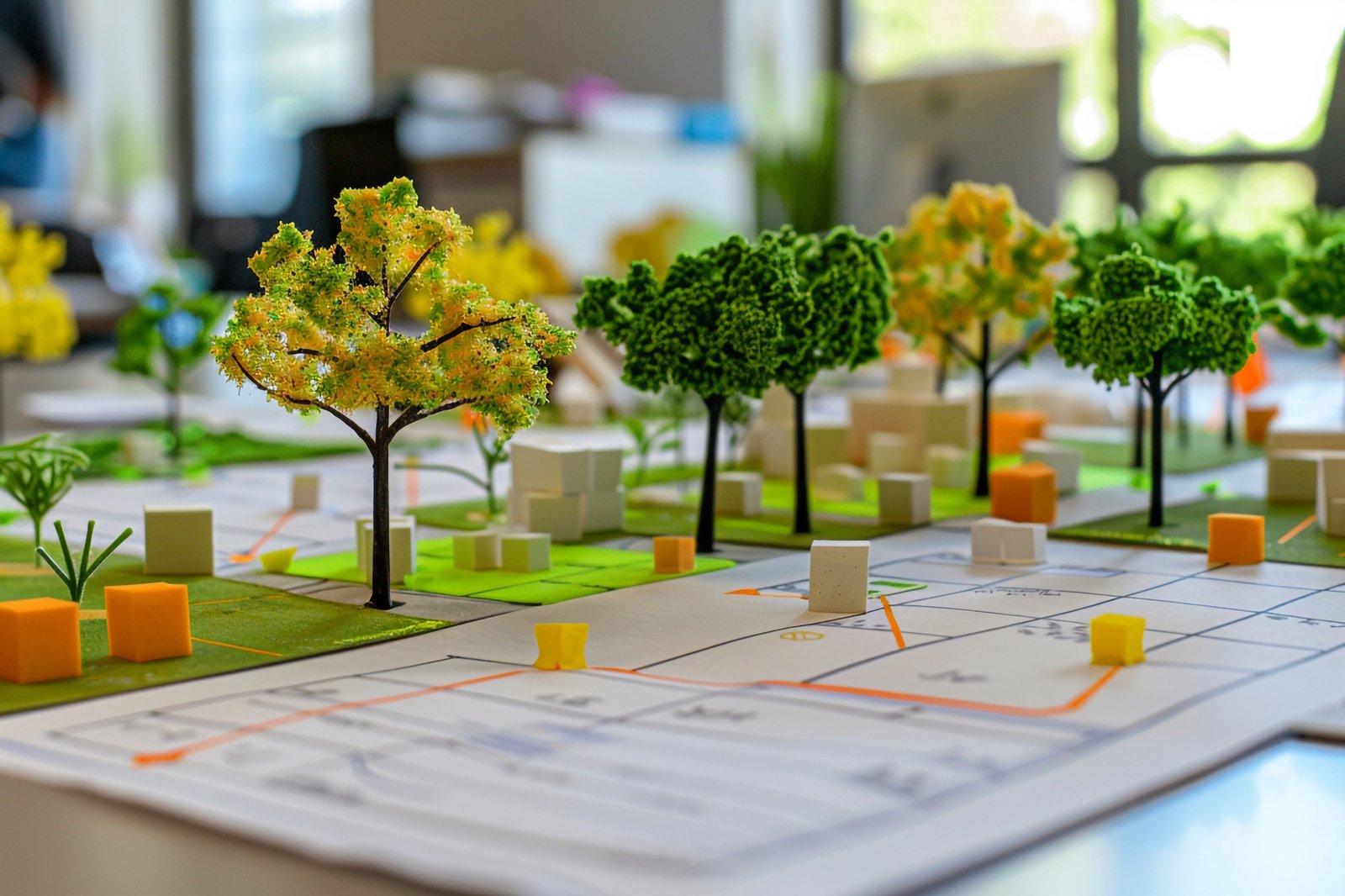From plastic pollution clogging our oceans to greenhouse gas emissions driving climate change, it is clear that many of humanity’s habits and industries over the past century have put a huge strain on the environment. But an exciting revolution in advanced, eco-friendly materials is now enabling bold solutions to combat these big environmental challenges head-on.
Rather than just trying to be less bad, these innovative sustainable materials are actually regenerative – able to be safely reused or reabsorbed back into nature with minimal environmental impact. It is an innovative approach that is helping us rethink and redesign virtually every product and system around a commitment to protecting the planet.
Cleaning Up Plastic Pollution
One of the biggest culprits fouling the Earth’s lands and waters is plastic waste, which can take centuries to break down. Nevertheless, new biodegradable plastics derived from plants like corn, sugarcane and seaweed are providing alternatives that degrade rapidly and harmlessly after use.
Plastic packaging is also getting a green makeover. Products like biodegradable EPS (expanded polystyrene) foam made by companies like Epsilyte, provide insulation and padding that biodegrades completely within a few years, unlike conventional petroleum-based foams. Companies are rethinking how to deliver goods in packaging designed for recycling or composting instead of landfills.
Rethinking Clothing and Textiles
The fashion industry has long struggled to operate sustainably because of water pollution, textile waste, and environmentally harmful synthetic fabrics like polyester. But innovative biomaterials made from sources like mushrooms, pineapple leaves, wool, and recycled plastics are creating a path towards eco-friendly clothing, footwear, and accessories.
For example, shoes can now incorporate fabric made from recycled plastic bottles, plant-based foam insoles, and natural rubber outsoles, dramatically reducing the product’s environmental footprint compared to conventional materials.
Clean, Green Construction
As building and construction remains one of the most resource-intensive industries, integrating sustainable materials is crucial for reducing its environmental toll. Strategies like using recycled steel and concrete can divert millions of tons of debris from landfills each year.
For framing and insulation, materials like bamboo and hempcrete offer high-performance natural alternatives to conventional wood and foam insulation products. On the forefront, smart concrete and self-healing concrete are being developed to extend the lifespan of structures and reduce maintenance requirements.
Powering a Renewable Future
Advanced materials are proving vital for developing better renewable energy technologies that can efficiently harness power from the sun, wind, and other sustainable sources to replace fossil fuels that drive climate change and pollute the air.
New photovoltaic materials in solar panels are boosting electricity generation capabilities. Lightweight composites made from carbon fiber and other materials enable bigger, more efficient wind turbine blades. And efficient fuel cells could supply clean auxiliary power using specialized polymer electrolyte membranes.
Meeting Green Goals Through Innovation
The future of sustainability lies in innovative, regenerative materials purposefully engineered to reduce environmental impacts across their entire lifecycles. But successfully implementing these green material solutions requires commitment and coordination across industries and supply chains.
For that reason, major corporations and municipalities are setting ambitious sustainability targets to prioritize environmentally conscious decisions and invest in ethical sourcing, manufacturing and disposal of materials and products. Many are striving to go “zero waste” by eliminating single-use plastics and non-biodegradable packaging.
Conclusion
Thanks to human innovation and ingenuity, a thrilling new frontier of purpose-driven, eco-friendly materials is actively reshaping industries, products, and infrastructure to align with environmental needs and sustainability principles.
While technological progress has brought many unsustainable practices, it’s that same human capacity for invention that is now driving sustainable material solutions to course-correct environmental damage. With focus and investment in ethical materials innovation, a cleaner, greener future is absolutely achievable.
Stay in touch to get more updates & news on Techmatra!







Recent Comments